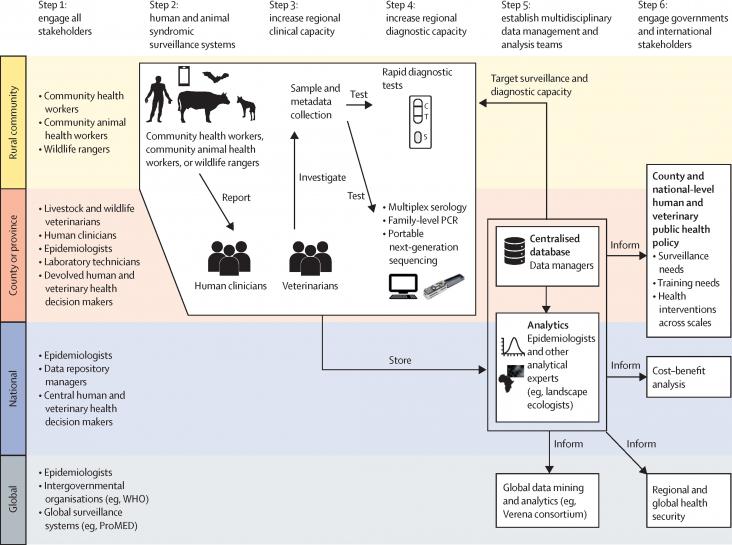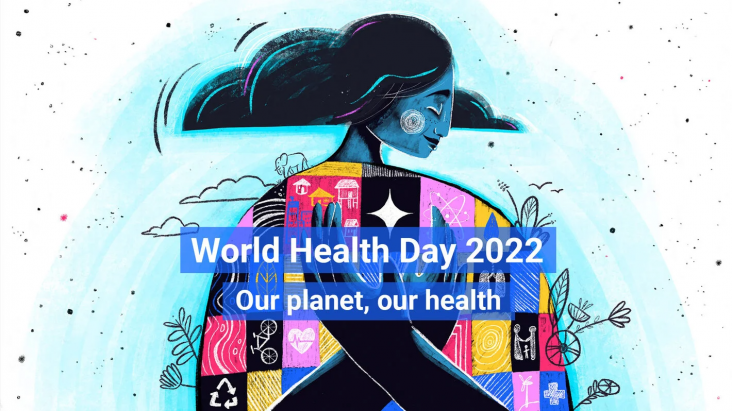The aim of this study was to evaluate the effects of complete decongestive therapy (CDT) in patients with breast cancer-related lymphedema (BCRL), in regard to volume reduction, functional status and quality of life (QoL). In th context of SDG Goal 3, the study found that phase 1 CDT in a combined manner performed daily for 3 weeks, greatly reduces the volumes as well as improves the disability and QoL, especially when performed earlier.
In this episode of The Lancet Voice, linked to SDGs 3 and 16, Oksana Pyzik joins Gavin Cleaver and Jessamy Bagenal to talk about the short and long-term health impacts of the conflict in Ukraine, and what happens next for those forced to flee.

This Viewpoint supports SDG 3 by highlighting why investing in disease surveillance in remote rural areas of LMICs will benefit global communities, and using Kenya as an example, showing how such surveillance can be strengthened and integrated into existing systems while sustaining biodiversity.
Phthalates are used in plastic production to make plastic products more durable, but they can reliease toxic pollutants via airborne that cause varios metabolic disorders. This research article evaluates the potential health benefits in terms of reducing metabolic disorders (e.g. diabetes & obesity) via strengthening the standards on the use of phthalates in China, the world's leading markets of phthalates.
How too much information can affect mental health by causing distress.
How poor mental health in parents can contribute to child neglect..
Food security is achieved when all people, at all times, have physical and economic access to sufficient, safe, and nutritious food to meet their dietary needs and food preferences for an active and healthy life.
Viral metagenomics is widely applied to characterize emerging viral pathogens but it can also reveal the virome composition in health and disease. The evaluation of the virome in healthy blood donors can provide important knowledge on possible transfusion threats.
Genistein is a phytoestrogen that, due to its structural similarity with estrogen, can both mimic and antagonize estrogen effects.

For World Health Day 2022, RELX's Global Head of Corporate Responsibility, Márcia Balisciano, speaks to Dr. Rebecca Katz on this year's theme of "our planet, our health".
